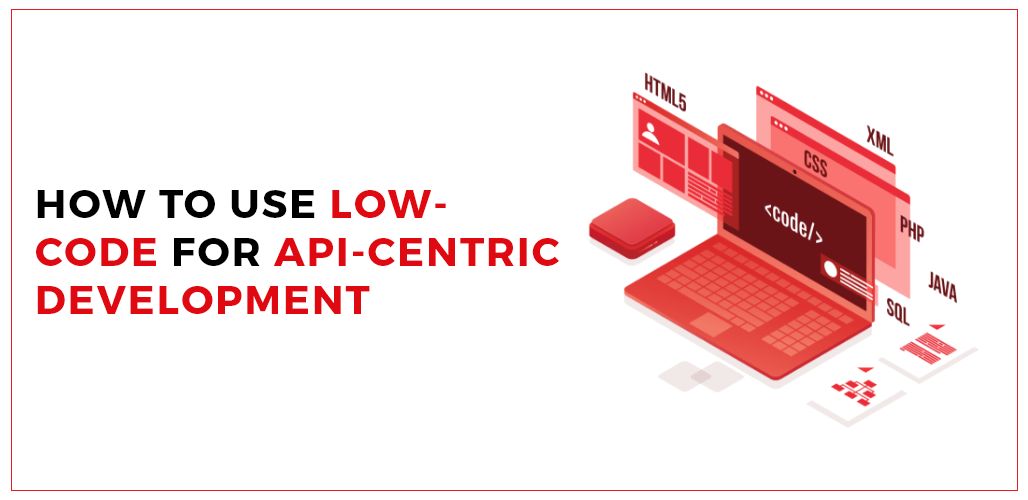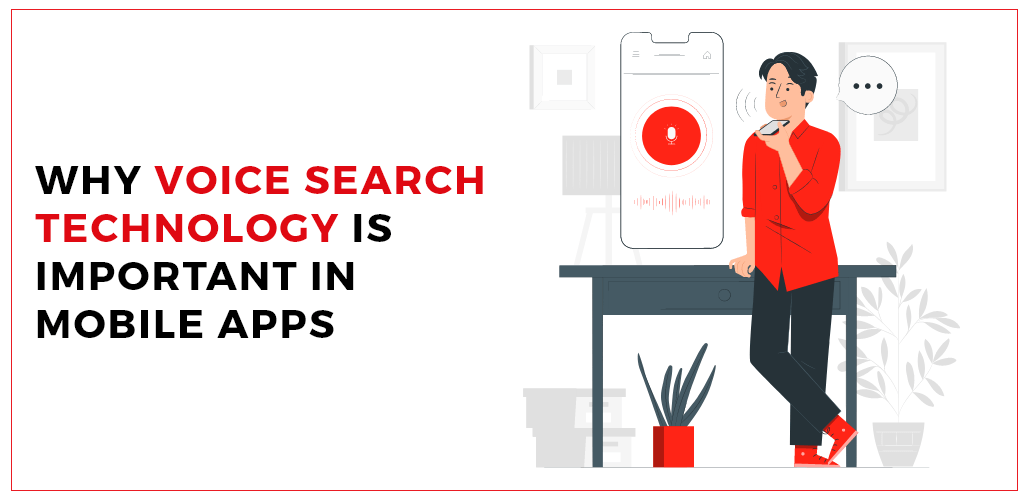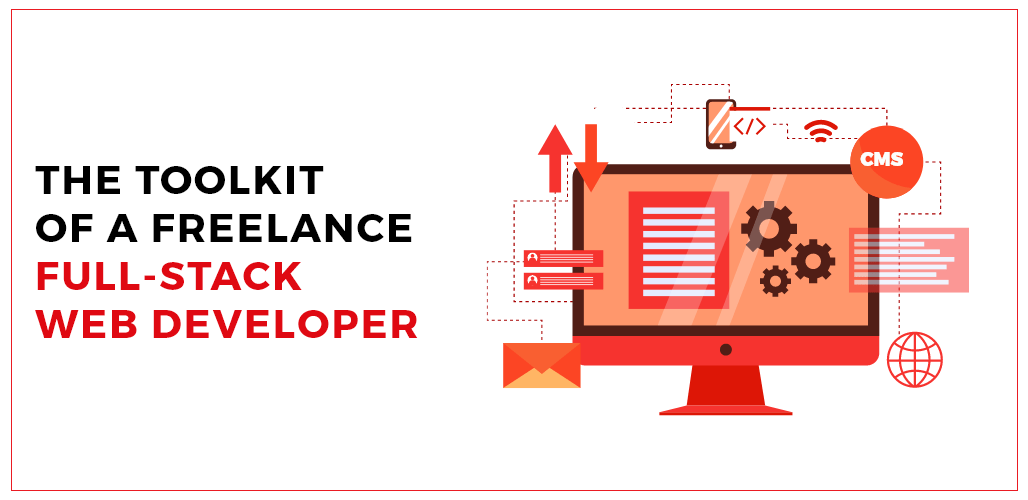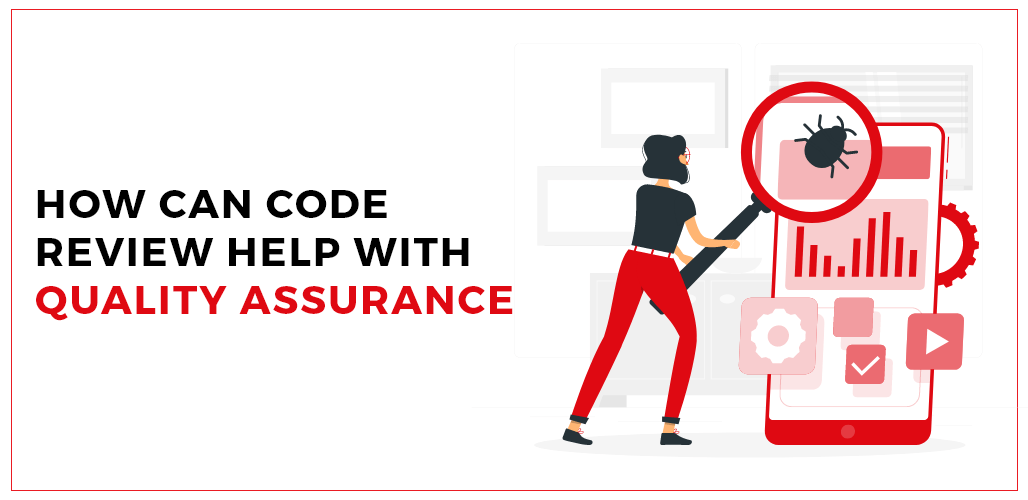Since their inception, APIs have made it possible for various systems to communicate quickly and seamlessly. However, it has only been in the last ten years Low-Code For API-Centric Development technology has truly taken off.
Then why are APIs generating so much interest? We are all familiar with the typical tales: Apple Pay, Uber, Airbnb, and the list goes on. How? is the question today. Perhaps you wish to get a competitive edge or differentiate your company.
An API offers an organization a number of advantages, but without a committed group of skilled developers, it could seem like an impractical choice. An API can take months to design from scratch because developers are expensive if you don’t want to outsource or don’t have the resources on staff to create internal APIs.
Before You Begin: Plan long-term; start small.
It might simply take a day or two to talk to stakeholders and build business logic for a simple one-page application. This initial stage is to guarantee that the API will cover all use cases and give stakeholders what they require. It is not simply frustrating for the development team to have to refactor an entire coding design because business logic is lacking. The API project also incurs significant expenses and delays as a result.
Keep in mind that maintaining an API requires more infrastructure than just resources to carry out endpoint logic while planning and designing it. To store the data, you need a database. Messages can also be sent via email, files can be stored, and security can handle authorization and authentication. To speed up the API development process, these functions can be contracted out to cloud service providers. (For instance, AWS offers all of these infrastructure components, with Microsoft Azure serving as an optional cloud service provider and SendGrid serving as the email application.)
Planning considerations:
An API “speaks” in JSON or XML. Thus it is important to choose the format of the output sent to client apps. You might provide both for ease-of-use and to promote greater acceptance if you decide later to expose endpoints for general developer consumption. Adoption and developer interest will increase if the API adheres to OpenAPI guidelines.
Other elements of your design ought to be:
• Names and locations of endpoints.
• Database fields that will function with API methods and store data, such as POST, PUT, GET, and DELETE.
• To whom the API will be accessible? Will it be accessible to everyone or just authorized internal users? Security of APIs depends on authentication and authorization.
• Where — locally or in the cloud — will services be hosted?
Building the API: Consider the options.
It can be difficult to create APIs with the proper logic and functionality that are perfectly in line with the design. As a result, you must learn how to get around restrictions by modifying frameworks and the web server infrastructure. Choose the programming framework that your development team is familiar with if you have the necessary backend developer expertise and time is not a major concern. The most well-known instances are;
Any developer will find creating a completely functional REST API from scratch to be a challenging assignment. For IT workers who are not aware of the subtleties of how APIs are built, implemented, and maintained, it is even more difficult.
Having no in-house experts in coding (backend or full-stack developers). So a platform for Low-Code For API-Centric Development, like Linx, offers a framework for the quick construction of an API. Because these tools have a visual design framework and lack boilerplate, they are easier to learn and use without the substantial knowledge required to code manually.
Linux Low-Code For API-Centric Development
The Linux Designer displays thousands of development functions that have been pre-wrapped. Linx condenses dozens or even hundreds of lines of code into a single visible function with attributes that help developers succeed. Developers can quickly build complex technologies and interface with a variety of APIs and services by simply altering these variables. Basic data type structures and data objects must be understood in order to define the objects produced by the Linux Designer. However, Linux is the sole creator of the backend process that consumes input and stores data.
Furthermore, Linux enables your API to function with a variety of plugins, including cloud-based utilities. For instance, a PDF file could be produced by an API using input from a certain endpoint. The Google Drive plugin stores data to a Google Drive storage location and the PDF plugin would enable the API to create the PDF file. The end result is a unique API created just for your unique business use case. Using Linux could cut the development time for common APIs by several weeks.
Hosting the API: Easy to start.
The API must be deployed to an environment that hosts endpoints and processes requests from client applications after it has been developed. When deploying an API, traditionally, you would be in charge of the hosting infrastructure. The infrastructure must be maintained regardless of whether it is hosted on AWS or Azure, which unavoidably raises its own issues. Additionally, every infrastructure must be deployed simultaneously, consequently, such as files, storage configurations, database objects, and plugins.
You may deploy, host, and administer applications made on the platform using the application server that Linux provides. Instead of setting the API to work with your internal environment, this feature makes hosting the API simpler.
Conclusion Low-Code For API-Centric Development
Businesses could undergo a transformation thanks to APIs. By using the best-in-class components to construct their solutions and create an API that is quickly tailored to your business logic, forward-thinking businesses are saving money and time. The majority of your code overhead can be offloaded to save time, money, and independence; however, you may still need developers for specialized additions and android application development services.








